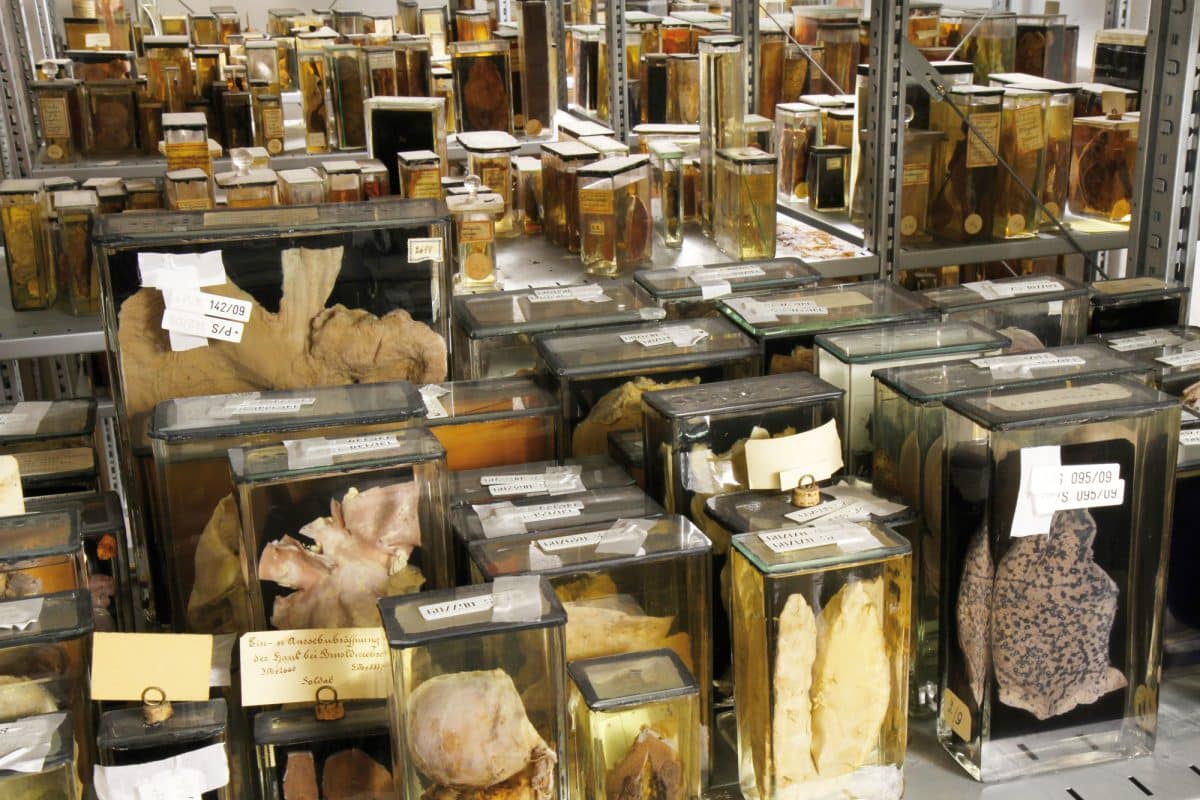Collecting things is a common human phenomenon, confirmed in studies showing that 70 percent of children and 30 percent of adults have a collection. From an evolutionary biology perspective, it is conceivable that it has been a decisive advantage for humans to save on life necessities such as food and tools to maximize the chances of survival, especially during periods of scarce resources.
Our propensity to accumulate and keep things has also attracted significant media interest, exemplified by TV shows such as Antiques Roadshow and American Pickers.
Based on the above, it may seem strange that hoarding will be a new diagnosis in the upcoming fifth edition of the DSM (Diagnostic and Statistical Manual of Mental Disorders).
One of the explanations for this is illustrated by the English distinction between two different types of collecting: “collecting” and” hoarding.” We use the term “pathological hoarding” to denote the behavior which, unlike hoarding, is associated with suffering and disability.
Hoarding and pathological hoarding are two, albeit related, yet distinct phenomena. An essential difference is that a collector’s collections are characterized by order and organization. In contrast, the belongings of pathological collectors are full of noise and, therefore, entirely or partially prevent them (and any roommates) from using their living spaces.
Repetitive behaviors characterize all requirements and partially respond to equal psychological and pharmacological treatment. The systematic research on pathological hoarding first began in the 1990s and has since increased steadily, culminating in, among other things, the conclusion that the condition is best conceptualized as separate from but related to obsessive-compulsive disorder.
In the new edition of the DSM, pathological hoarding will, therefore, together with obsessive-compulsive disorder, Body dysmorphic disorder (BDD), dermatillomania or excoriation disorder (skin picking), and trichotillomania (hair pulling), be included in the new diagnostic group “Obsessive-compulsive disorder and similar conditions.”
Pathological hoarding is a common condition that occurs in approximately 2–6 percent of the population and sometimes has catastrophic consequences for those affected. Social isolation, family conflicts, evictions, and, in extreme cases, death (resulting from falling belongings) are potential consequences.

